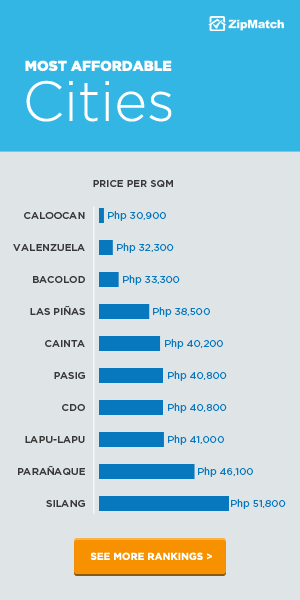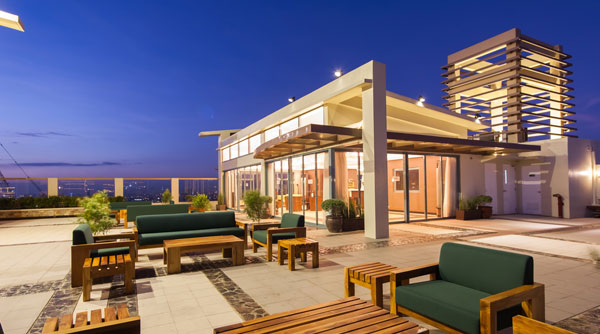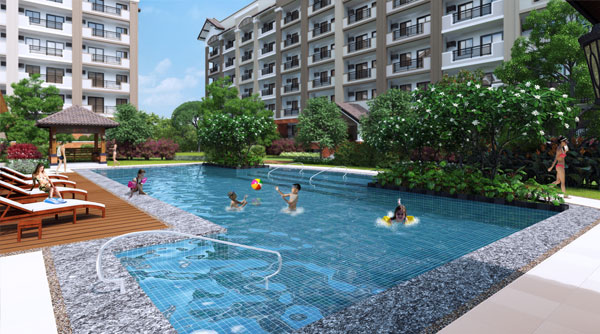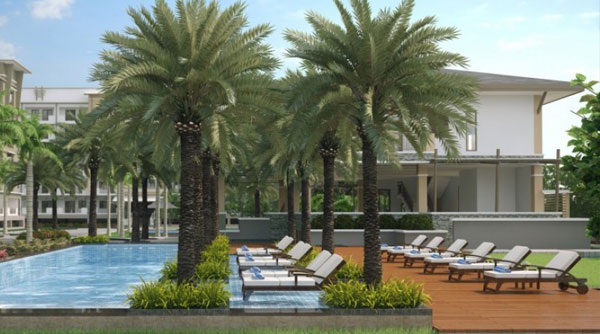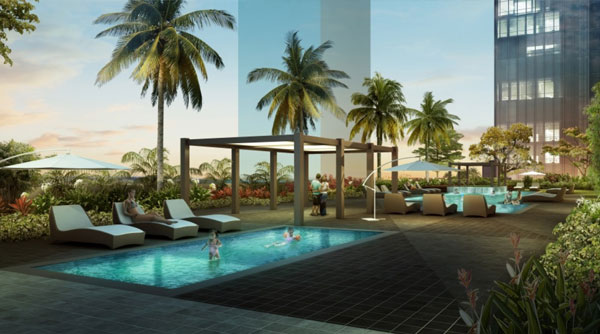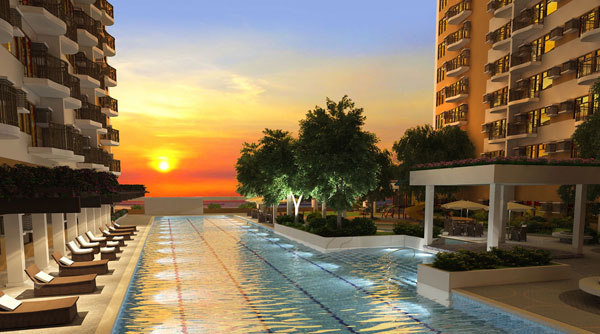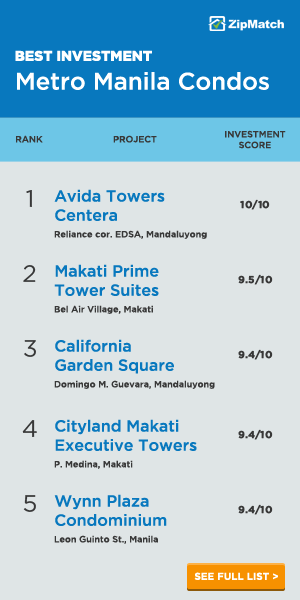According to global estate agent Jones Lang LaSalle, of the almost 150,000 condominium units to enter Metro Manila’s property market over the next 5 years, 96 percent will cater to the mid-end market, while a measly 4 percent would be luxury residential projects. This is in stark contrast to what has happened in the last several years when the majority of projects turned over catered to the more affluent lot.
Indeed, Metro Manila’s residential condo landscape seems to be changing. With the Philippine economy posting higher-than-expected growth at 7.8 percent in the first quarter of this year, more and more Filipinos are becoming more optimistic, and are much more eager now to become first-time homeowners.
The Philippines has a strong services sector, which makes up 56.7 percent of its GDP and employs some 46.6 percent of its labor force. Getting plenty of press over the last few years is the crucial information technology–business process outsourcing (IT-BPO) sector, the country’s main driver of growth, whose revenue is expected to hit $16 billion this year and will employ close to 1 million Filipinos.
Apart from those employed in the BPO sector, overseas Filipino workers are propping up the Philippine capital’s condo market. Record-high remittance from some 10 million Filipinos abroad, estimated at $22 billion in 2012, gets to be spent in real estate one way or another. In fact, according to developer Century Properties, at least 50 percent of its sales come from overseas Filipino buyers.
According Antonio Sabarre, Jones Lang LaSalle’s Associate Director for Markets, remittances are actually one of the factors of demand in residential, apart from the BPO employees that can afford these Php1.5 million apartments.
This newfound spending power is prompting many Filipinos to purchase their first home. Long considered safe investment, many Filipinos see this as an important and much-coveted milestone. Property developers have taken notice.
Real estate giants Ayala Land, Megaworld, Filinvest, Federal Land, and SM Prime, and even high-end developers Rockwell Land and Century Properties, are venturing into the more affordable sectors to cater to this increasingly growing and optimistic market segment.
Sy-led SM Development Corp. is expected to dominate Metro Manila’s condominium market with a share of 23 percent in the next 5 years, Jones Lang LaSalle said. Coming in second is Andre Tan’s Megaworld, with 17 percent or 25,486 units; Ayala Land, 11 percent, 16,491 units; DMCI, 9 percent, 13,493 units; Robinsons Land Corp., 7 percent, 10,494 units; and Century Properties, 5 percent, 7,496 units.
The mid-end condo projects are those with prices ranging from Php1.5 million to Php10 million and unit size below 150 square meters. The high-end types are those priced at Php10 million and above with over 160 square meters in size.
By location, most of the condominiums would be in Quezon City at 24 percent. Being Metro Manila’s largest component city, it has the capacity to build more as there is ample space available to accommodate them.
The Makati Central Business District (CBD) is a close second with 21 percent, followed by Ortigas Center, 18 percent; Bonifacio Global City, 12 percent; Manila/Pasay, 12 percent; Parañaque/Muntinlupa, 6 percent; Bay City, 4 percent; Newport City, 2 percent; and Alabang, 1 percent.



